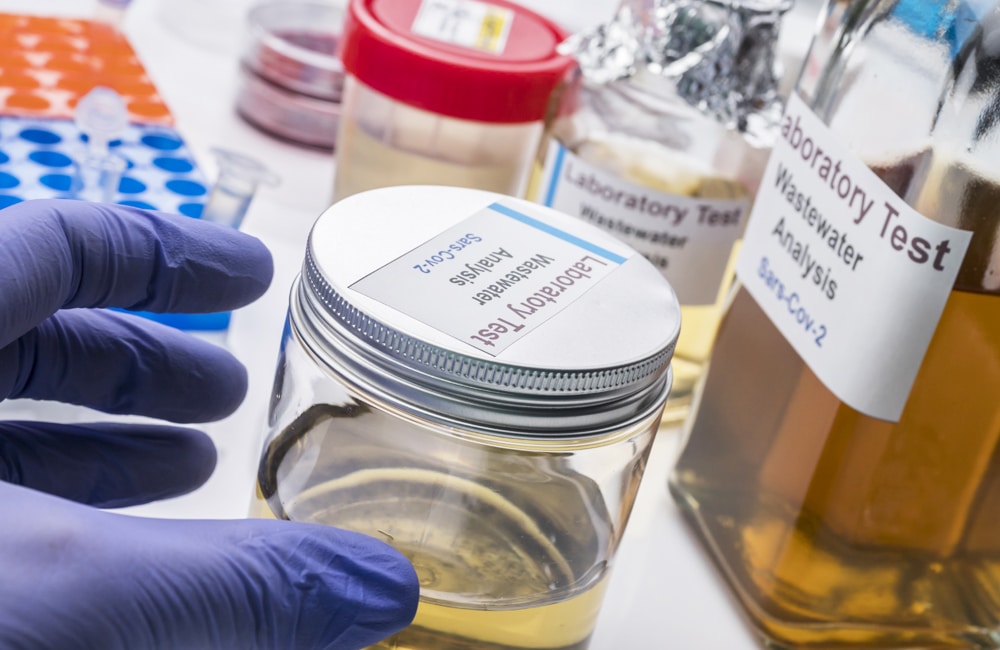What is BOD in wastewater treatment?
Biochemical oxygen demand or biological oxygen demand (BOD) is a measure of the amount of dissolved oxygen (DO) required by aerobic microorganisms to decompose organic matter present in a water sample at a specific temperature during the study period.BOD values are usually expressed in milligrams of oxygen per liter of water (mg/L). It is usually determined together with the chemical oxygen demand (COD) in wastewater treatment.

What is dissolved oxygen?
Dissolved oxygen is the amount of molecular state oxygen dissolved in water. The amount of dissolved oxygen in water is closely related to the partial pressure of oxygen in the air and the temperature of the water. O2 can be absorbed directly from the atmosphere or indirectly from the by-products of photosynthesis in surrounding plants.
The significance of biological oxygen demand
Both aquatic organisms and microorganisms require oxygen to survive. Microorganisms use O 2 dissolved in water to break down complex organic compounds present in the water, such as sugars, cellulose and other transformable synthetic substances. Marine animals such as fish use dissolved oxygen for respiration.
However, the balance of DO consumption is quite delicate. When large amounts of organic compounds are present in the water, microbial activity can proliferate, putting stress on aquatic ecosystems.
The significance of BOD in wastewater treatment
Global commercial and industrial manufacturing operations require the best available wastewater technology approach to achieve biological oxygen demand (BOD) discharge compliance. Industries that discharge wastewater to municipal sewers or waterways face stringent regulations regarding biological or biochemical oxygen demand (BOD) levels.
Solids in wastewater may consist of organic and/or inorganic substances and organisms. Solids must be significantly reduced by treatment or they will increase BOD when discharged.
Understanding BOD values helps municipalities determine their biological water quality and industries to assess the impact of wastewater treatment on the surrounding environment.
Biological oxygen demand in wastewater treatment
Wastewater treatment plants use BOD values as an indicator of the overall level of organic contamination at the water source. BOD testing is typically performed at a standard 5-day incubation period at 21°C (67°F) to obtain the most accurate results.
Typically, higher BOD values indicate higher levels of water contamination, while lower BOD values indicate less contaminated or cleaner water.
Benefits of BOD removal wastewater treatment
Municipalities can use BOD testing to detect water contamination in their public water systems to ensure it is safe for human consumption. Industry needs to know their BOD values to determine when treated wastewater is safe for reuse or disposal.
How to reduce BOD in industrial wastewater?
There are several technologies available to remove BOD from wastewater prior to reuse or safe disposal. three common wastewater treatment BOD reduction methods are:
- Wastewater clarification
- Wastewater separation (coagulation and flocculation)
- Anaerobic microbial decomposition
Wastewater clarification and separation BOD reduction methods are part of the primary stage of wastewater treatment, while anaerobic microbial decomposition is part of the second stage of treatment.
Waste water clarification
Wastewater clarification uses gravity to remove organic solids (primary sludge) from the water – in other words, the heavier particles settle to the bottom and are removed first. Wastewater clarification is usually followed by a chemical separation process.
Wastewater separation
Wastewater separation removes any colloidal solids suspended in the wastewater by coagulation and flocculation.
In the coagulation process, a non-toxic coagulant such as ferric chloride (FeCl) or alum is added to the wastewater, causing the suspended particles to clump together to form agglomerates that can be easily removed from the water by filtration.
Flocculation uses chemical polymers (flocculants) to precipitate organic particles out of the water by agglomerating to form larger particles or flocs(polymer dosing units are usually used to prepare and add). These larger particles can then be deposited into settling tanks for further treatment prior to disposal.
The use of coagulants and flocculants to remove organic matter from wastewater eliminates the “food” necessary for microbial reproduction, thereby reducing competition with marine organisms for dissolved oxygen.
Anaerobic microbial decomposition
Anaerobic microbial decomposition introduces microorganisms or bacterial cultures into the wastewater in the absence of air to break down the organic particles present. The product of the anaerobic digestion process is the production of biogas.
Anaerobic decomposition is a very beneficial method because the biofuel produced from the process can be used as an alternative energy source for electricity, heating and drying applications.
KUOSI wastewater treatment services
Municipalities and industrial customers who need to perform BOD testing, remove COD from wastewater or determine the best wastewater management plan for their needs can contact KUOSI water treatment experts for a range of municipal and industrial wastewater treatment solutions.
KUOSI offers a robust range of wastewater treatment solutions, including water purification, aeration, sludge dewatering, sludge drying, automatic dosing, oil and metal separation (dissolved air flotation units), disinfection and more.
